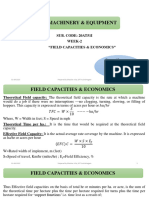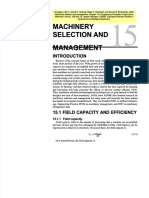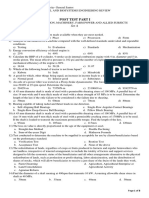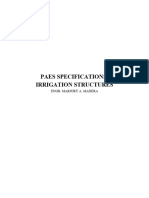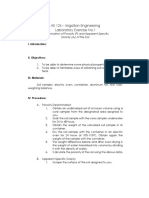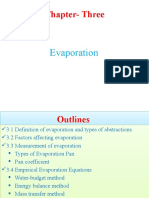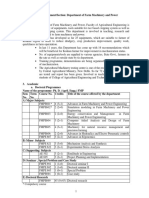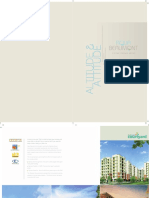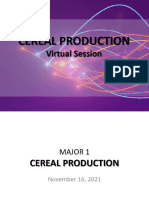0% found this document useful (0 votes)
263 views54 pagesLecture - 2 (Tillage and Machine Performance)
The document covers the topic of tillage and tillage systems in agricultural machinery, detailing the definition, purpose, and classification of tillage methods. It discusses various tillage operations, including primary, secondary, minimum, strip, mulch, and zero tillage, along with the types of implements used. Additionally, it addresses machine performance metrics such as field capacity, material capacity, and throughput capacity, emphasizing the factors affecting these performances.
Uploaded by
deboneel1998Copyright
© © All Rights Reserved
We take content rights seriously. If you suspect this is your content, claim it here.
Available Formats
Download as PDF, TXT or read online on Scribd
0% found this document useful (0 votes)
263 views54 pagesLecture - 2 (Tillage and Machine Performance)
The document covers the topic of tillage and tillage systems in agricultural machinery, detailing the definition, purpose, and classification of tillage methods. It discusses various tillage operations, including primary, secondary, minimum, strip, mulch, and zero tillage, along with the types of implements used. Additionally, it addresses machine performance metrics such as field capacity, material capacity, and throughput capacity, emphasizing the factors affecting these performances.
Uploaded by
deboneel1998Copyright
© © All Rights Reserved
We take content rights seriously. If you suspect this is your content, claim it here.
Available Formats
Download as PDF, TXT or read online on Scribd
/ 54
